Search for lenses, articles and help

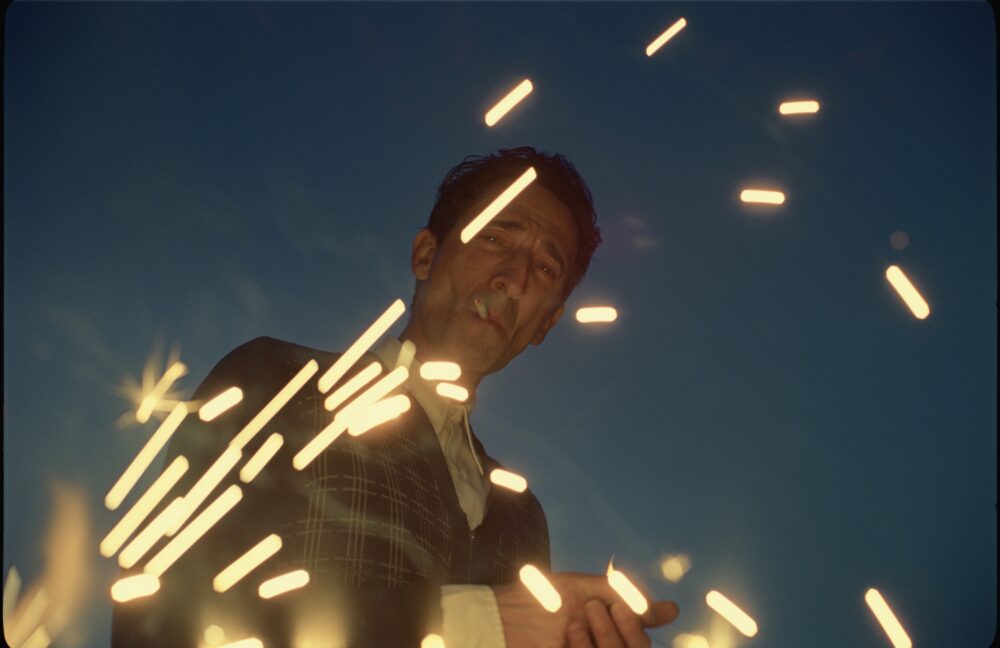
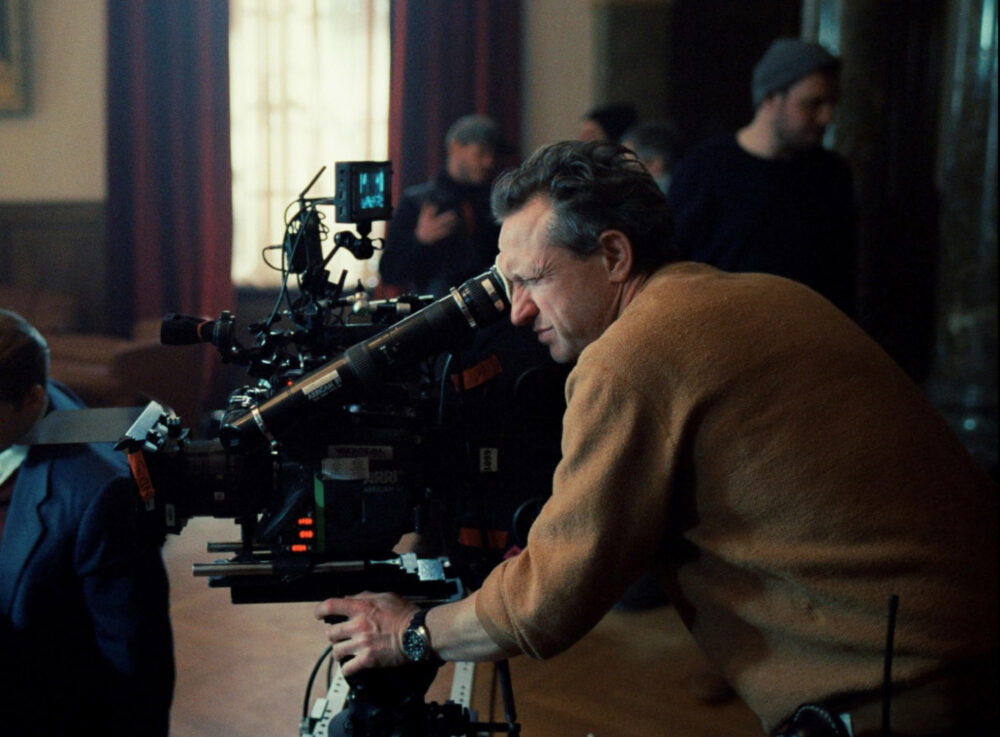
For over a century, Cooke lenses have been a preferred choice for many cinematographers seeking to capture images of exceptional quality and character. In the decades since The Academy of Motion Picture Arts and Sciences® began their annual award show tradition, better known as The Oscars® in 1939, Cooke lenses have helped bring many of these acclaimed films to life.
As we extend our congratulations to all of this year’s nominees, including cinematographer Lol Crawley BSC who took home the gold for his work on Brady Corbet’s “The Brutalist” shot with Cooke’s S4/i lenses, it seems fitting to embark on an exploration of this prestigious award’s evolution as well as celebrating the milestones reached by trailblazing cinematographers.

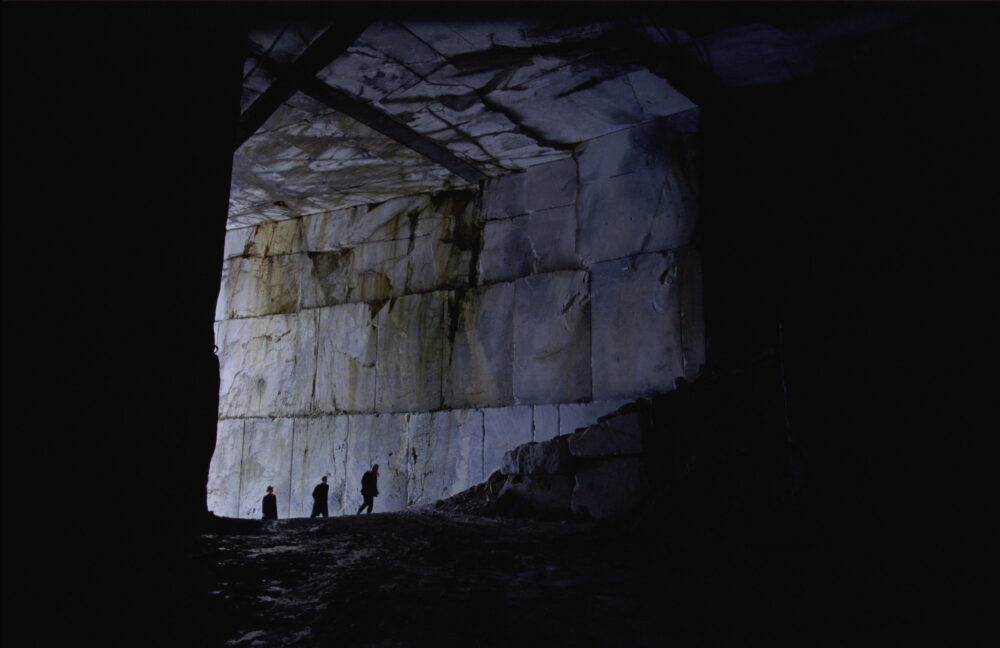
The Academy Award® for Best Cinematography has undergone some evolution since its inception, reflecting the technological advancements and artistic developments of cinema itself. The inaugural ceremony honoured films released between 1st August 1927 to 31st July 1928 and took place on May 16th 1929. The ceremony lasted only fifteen minutes and presented awards in twelve categories. This early recognition established cinematography as one of the fundamental crafts deserving of Academy consideration.
The Cinematography award was not tied to a specific film (unlike the acting awards) – instead all the work by the nominated cinematographer during the qualifying period was listed after their name. Charles Rosher ASC and Karl Struss ASC took home the gold for “Sunrise: A Song of Two Humans”. Also nominated was George Barnes ASC for his work on three films. By the 4th awards for the 1930-1931 season the now standard system of individuals being nominated for a single film was adopted in all profession-related categories.

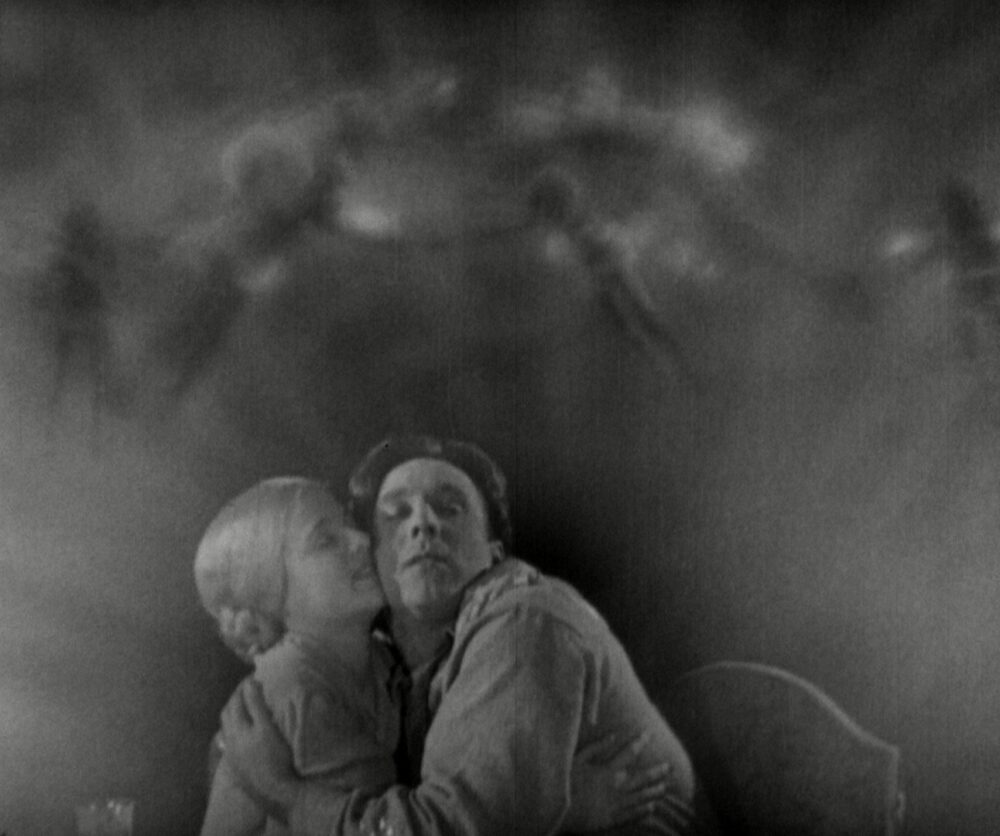
In these early years there was naturally only a single category for cinematography. This situation changed in-line with the advancement of colour film technology. Technicolor’s pioneering work in colour cinema required lenses that could overcome the challenges of using a beam-splitting prism and Cooke lenses were often used on Technicolor productions.
At the 9th Academy Awards®, to honour films from 1936, the Academy took its first step toward recognizing colour cinematography by awarding W. Howard Greene and Harold Rosson ASC a special achievement award for their pioneering work on “The Garden of Allah”, the third feature film to be photographed in three-strip Technicolor. This special recognition acknowledged the unique challenges and artistic possibilities presented by colour photography, which was still considered an experimental technology at the time.
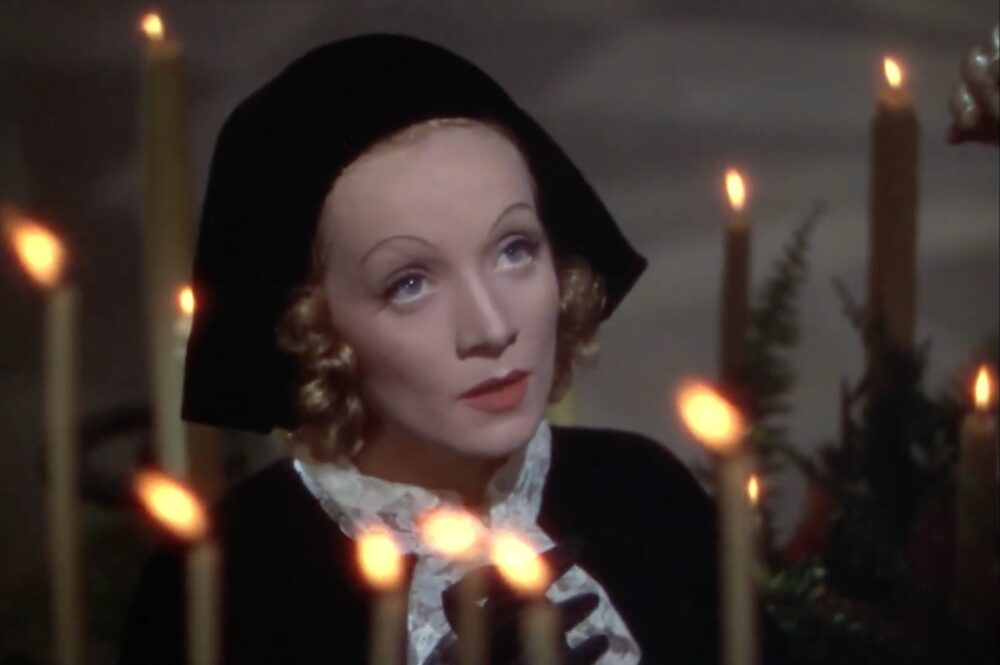
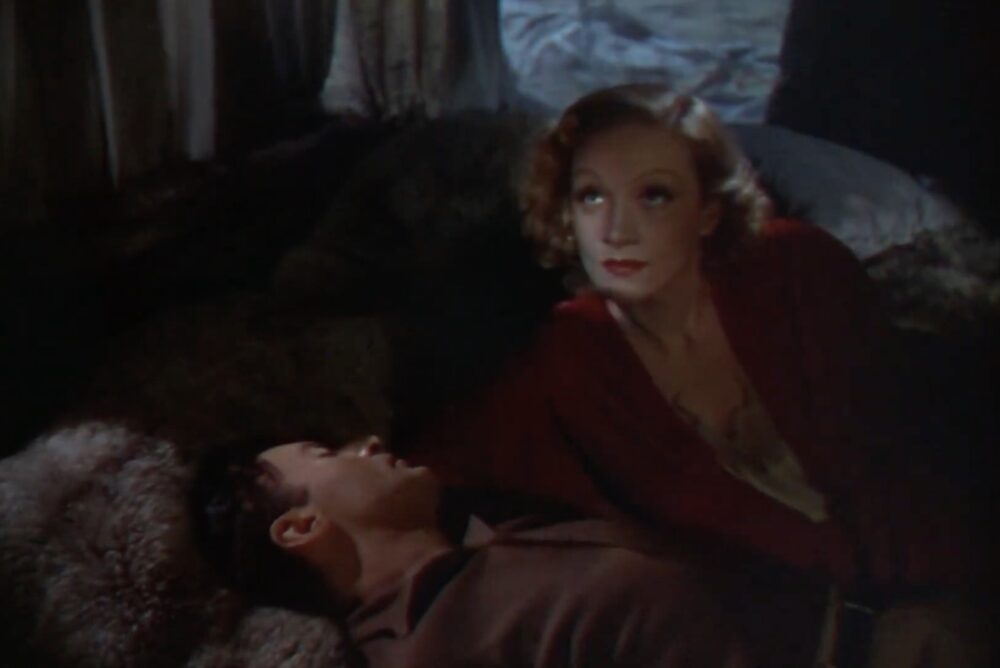
For the next two ceremonies, the Academy continued to bestow a single “Colour (Special Achievement)” award with no additional nominations. This approach reflected the still-limited use of colour in major productions. It wasn’t until the 12th Academy Awards® ceremony honouring films from 1939 that colour cinematography received full recognition with its own category, complete with nominations, mirroring the established black-and-white category. Ernest Haller ASC and Ray Rennahan ASC shared the statuette for “Gone with the Wind” whilst Gregg Toland ASC took home the now separate black-and-white award for “Wuthering Heights”.
This dual-category system persisted for many years, reflecting the film industry’s division between the two photographic processes. Then, at the 30th ceremony celebrating films from 1957, the Academy experimented with combining the categories into a single award, with Jack Hildyard BSC winning for “The Bridge on the River Kwai.” This unification was short-lived, however and next year the Academy reverted to separate categories again.
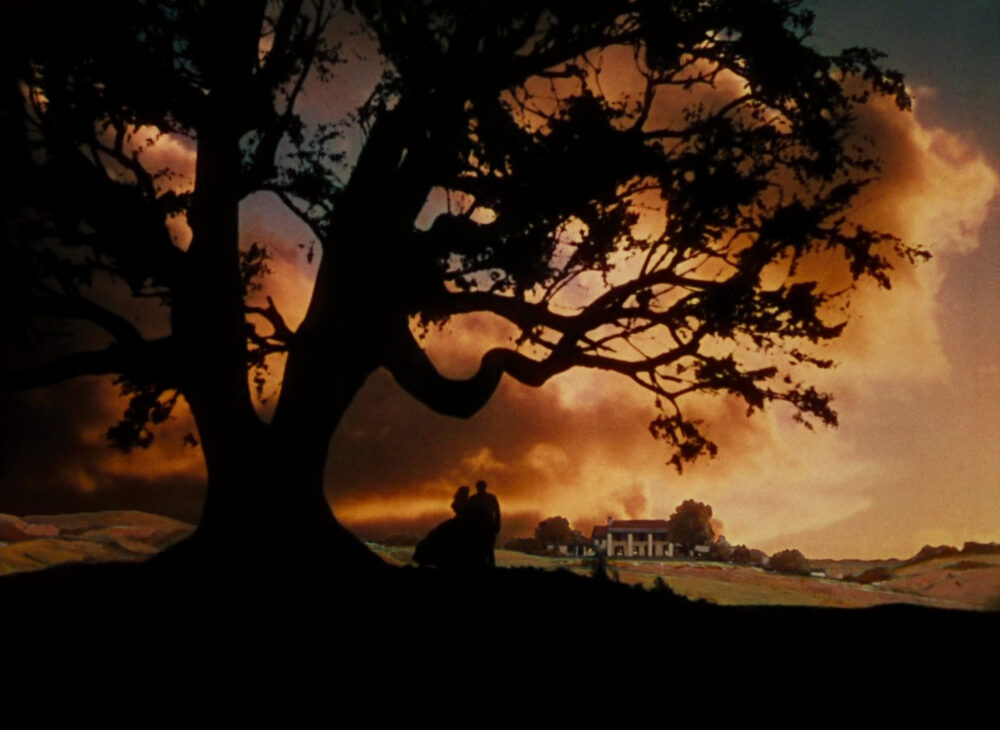
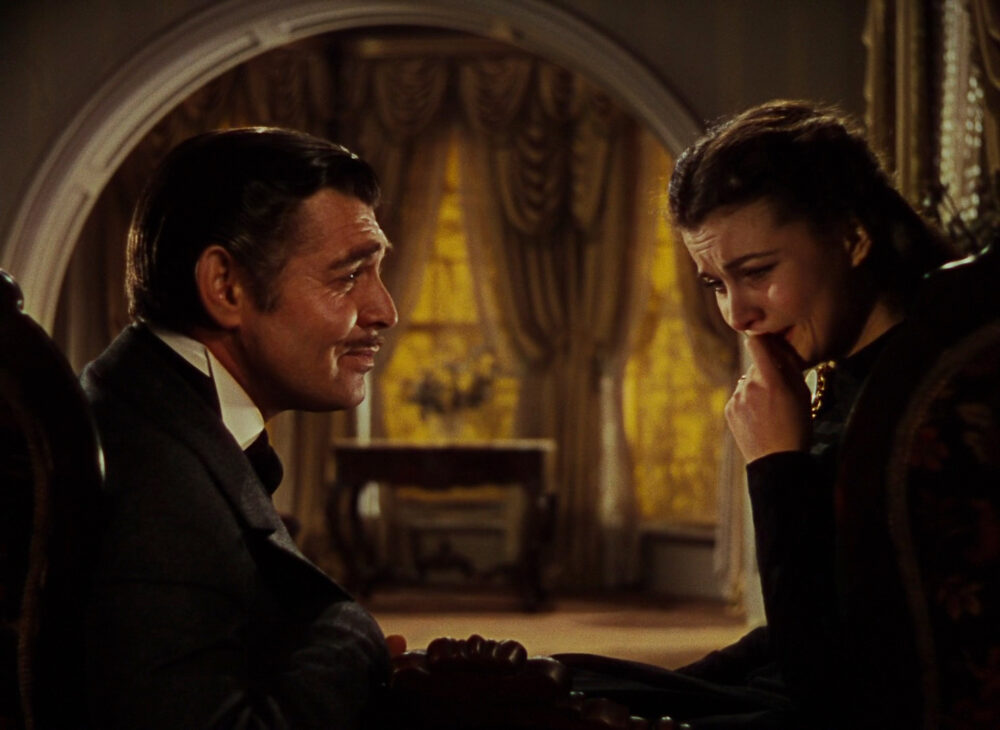


This continued until the 40th Academy Awards® for 1967, when the awards were permanently unified. This consolidation came at a time when black-and-white cinematography was rapidly declining as a commercial format, with colour becoming the dominant medium for film production. The last film to win the separate black-and-white category was “Who’s Afraid of Virginia Woolf?” shot by Haskell Wexler ASC and “Bonnie and Clyde” shot by Burnett Guffey ASC was the first film to win the unified award.
Since this unification, only three other black-and-white films have claimed the award: “Schindler’s List” (1993) – cinematographer Janusz Kamiński, “Roma” (2018) – cinematographer Alfonso Cuarón, and “Mank” (2020) – cinematographer Erik Messerschmidt ASC. This statistical rarity demonstrates the overwhelming dominance of colour cinematography in contemporary filmmaking, with black-and-white photography transforming from an industry standard to a deliberate artistic choice employed for specific aesthetic or thematic purposes.
Hal Mohr’s second Oscar® win in 1943 in the colour category for “Phantom of the Opera” would make him the first cinematographer to have been bestowed an award in both categories. The 2004 version of this film would be nominated with John Mathieson BSC serving as cinematographer. Mohr’s first win for “A Midsummer Night’s Dream” (1935) makes him the only person in Oscar® history to win via a write-in campaign. This form of voting was later made impossible by The Academy.
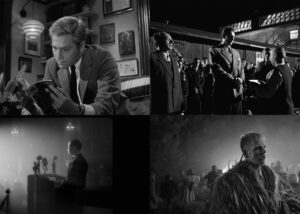
Black-and-white Oscar winners from 1967-2020
This fluctuated regularly in the initial years of the award and the number of films nominated between the black-and-white and colour categories was regularly vastly different. The 11th ceremony for 1937 films holds the record with eleven nominations in the black-and-white category. Joesph Ruttenberg ASC won for “The Great Waltz” marking his first of four wins – tying the record for most total awards. From the 22nd ceremony five films were nominated in both categories, and it’s been this amount ever since, including once the award became unified.
Leon Shamroy ASC stands as one of the most accomplished cinematographers in Oscar® history, holding the record for most nominations (18) tied with Charles Lang ASC. His four wins (tied with Joseph Ruttenberg ASC for the most) demonstrate his remarkable versatility and consistent excellence across different genres and visual styles.
Shamroy’s career spanned from the 1930s through the 1960s, allowing him to work during the transition from black-and-white to colour cinematography. His ability to excel in both formats, often employing innovative lighting techniques and compositional approaches, helped establish new standards for visual storytelling in Hollywood cinema.
After being previously nominated for both a colour and a black-and-white Cinematography Oscar® across multiple years, at the 15th ceremony for films from 1942, Shamroy achieved something unprecedented in Academy history: he was nominated in the black-and-white category for “Ten Gentlemen from West Point” while simultaneously winning in the colour category for “The Black Swan.” This dual recognition across both photographic processes demonstrates his exceptional mastery of the technical and artistic aspects of cinematography regardless of the medium. In all the subsequent years where the award was split this never repeated.
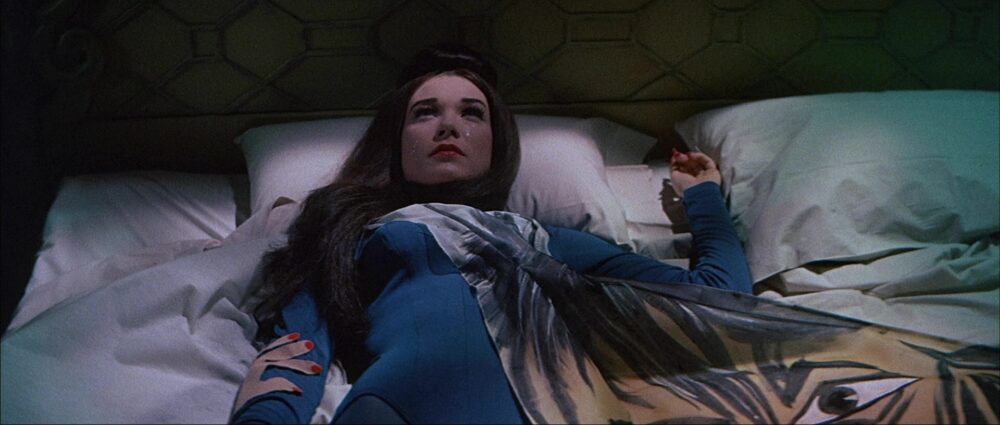
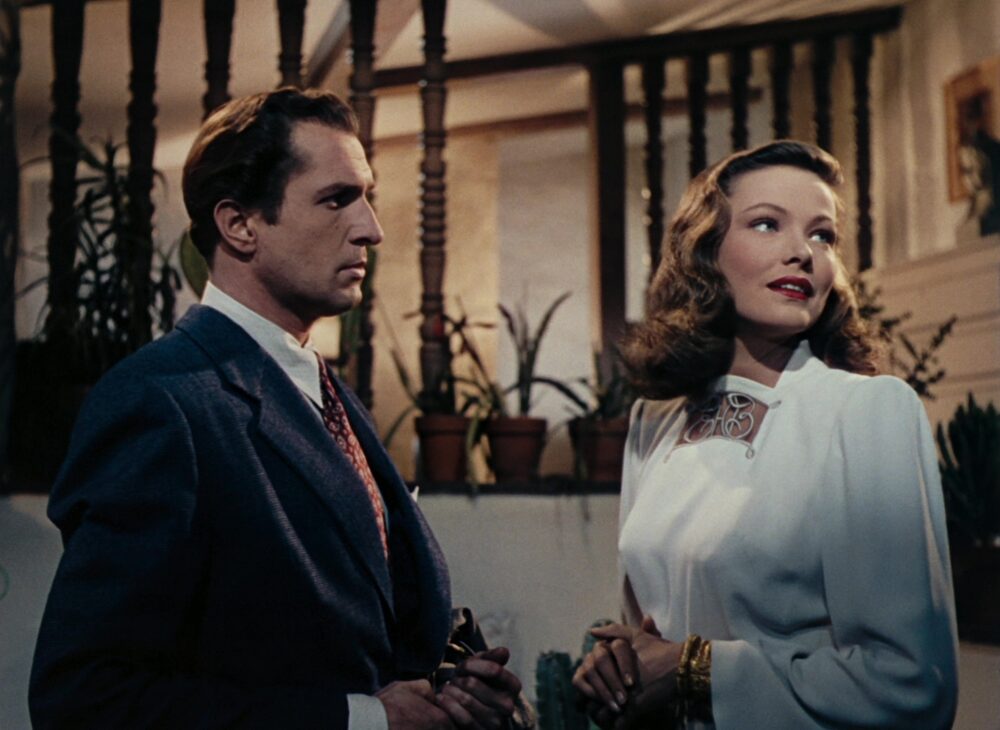
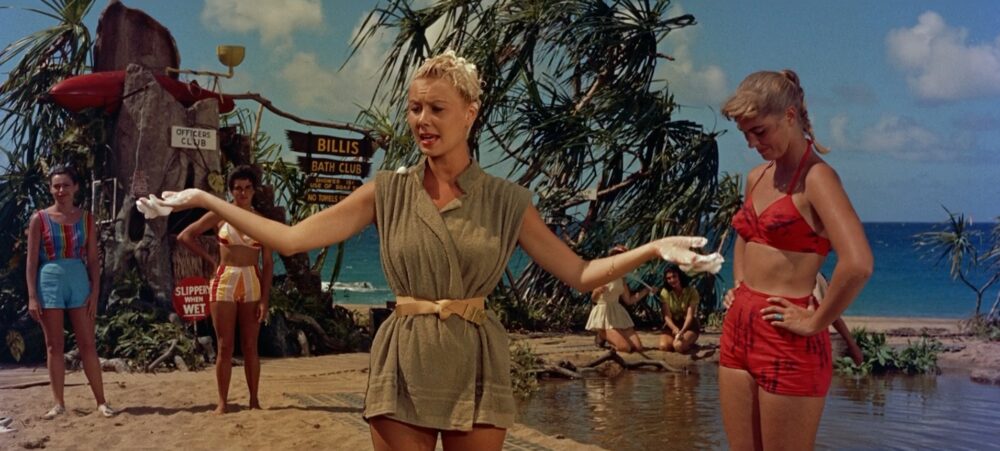
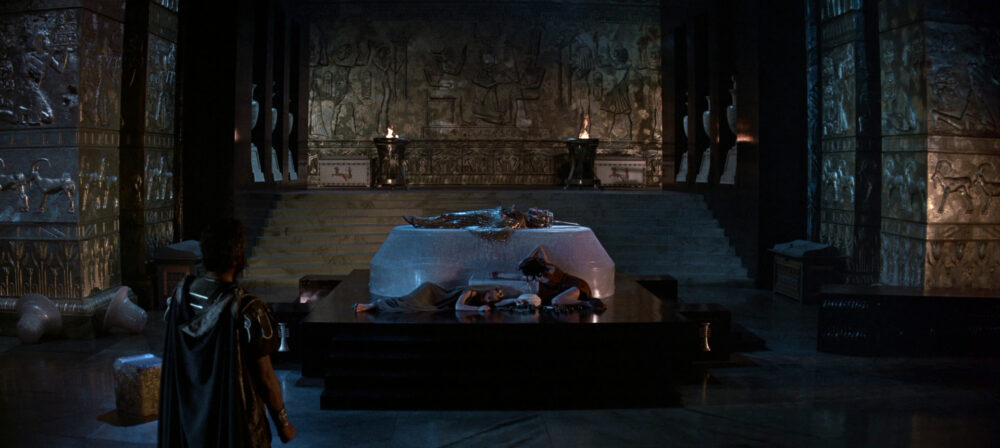
In the early days of colour cinematography, multiple cinematographers were often credited on a single production partially due to the technical challenges involved and cinematographers under studio contracts collaborating on films. As noted previously this was indeed the case for the first ever cinematography Oscar® winners. The amount of these collaborations occurring grew with the wider adoption of colour filmmaking and over the award’s history there have been fifteen occasions that the award has been bestowed upon multiple cinematographers for a single film.
At the 13th Academy Awards® ceremony for 1940 films, every colour film nominated except one had two credited cinematographers. Interestingly, “The Thief of Bagdad,” the sole film with a single cinematographer (Georges Périnal), won the award, perhaps suggesting that the Academy favoured a unified vision even in these technically challenging productions.
As colour cinematography became more standardized, the frequency of shared nominations decreased, though they still occurred for various reasons. Both in the colour category “The Yearling” (1946), and “Joan of Arc” (1948) share the record for most credited
cinematographers on a winning film, with three each. These collaborations often reflected the complexity of these productions, and the specialized skills required for different aspects of the photography.
Epic productions sometimes required multiple cinematographers working across different units. “How the West Was Won” (1963), shot in Cinerama and “Tora! Tora! Tora!” (1970) share the record for most credited cinematographers on a nominated film, with four each. These massive productions involved shooting in multiple locations with different crews, necessitating a team approach to the cinematography.
The most recent shared win came with “Gandhi” (1982), with Billy Williams BSC and Ronnie Taylor BSC sharing the honour. This collaboration emerged from practical necessity rather than artistic choice—Williams suffered a slipped disc during production, requiring Taylor to step in and complete the film. Williams had been nominated the previous year for “On Golden Pond” (1981) and prior to that for “Women In Love” (1969). This behind-the-scenes detail illustrates how the physical demands of cinematography can sometimes necessitate collaborative approaches. In recent years, shared nominations have become increasingly rare, with the most recent example being “Ida” (2014), credited to Łukasz Żal and Ryszard Lenczewski.
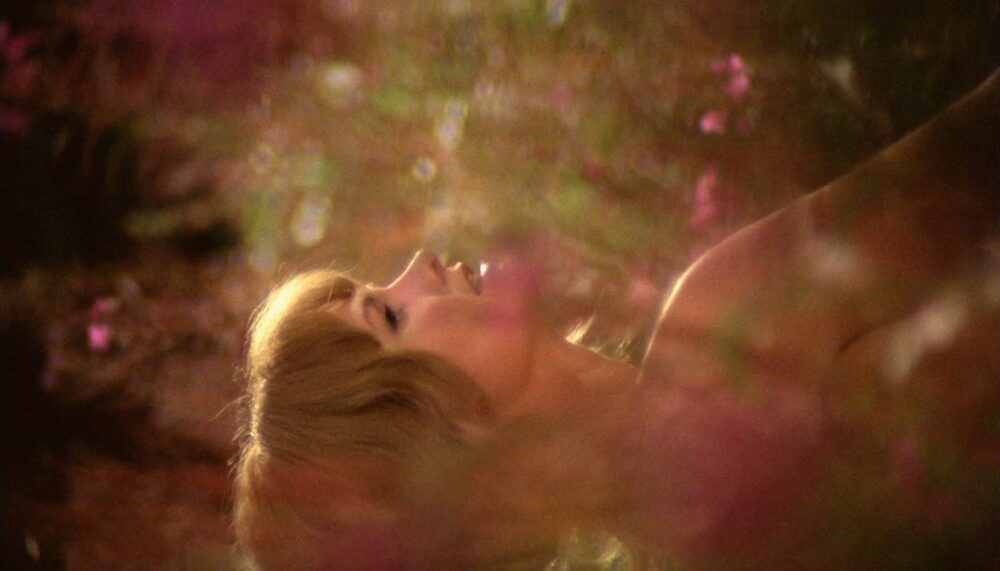
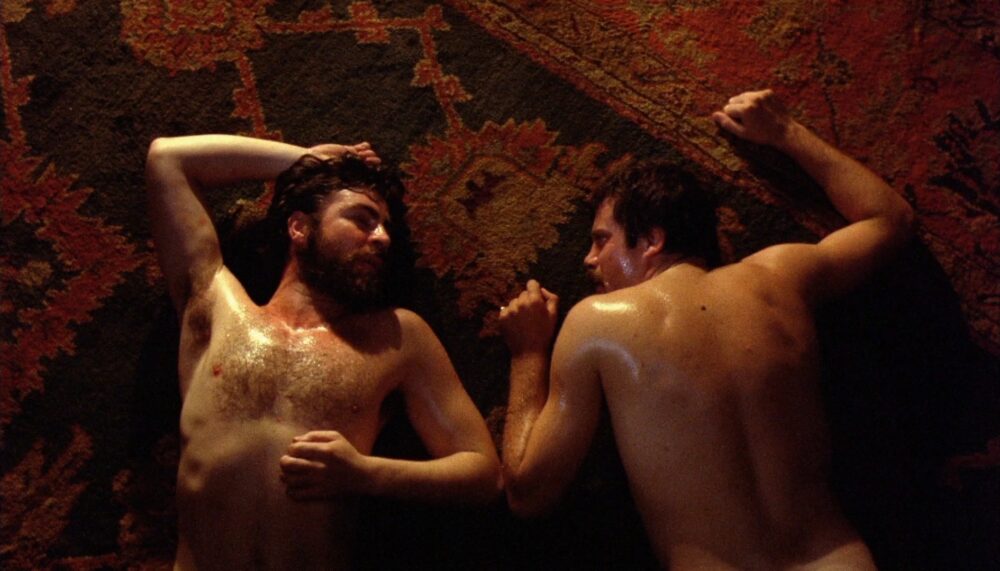
Having the same cinematographer nominated for multiple films in one year is relatively uncommon and happened more in the earlier years including across both black-and-white and colour categories.
More often than not a dual nomination for a single cinematographer doesn’t result in taking home the prize as was the case for George Folsey ASC at the 6th ceremony and George Barnes ASC at the 18th who were both nominated twice in each year – once for colour and once for black-and-white. Barnes had previously won the black-and-white Oscar® in 1940 for his work on Hitchcock’s “Rebecca”. This would prove to be his single Oscar® win from a total of eight nominations throughout his career. Folsey holds the unenviable position of most nominations without a win at thirteen.
In 1963 the aforementioned Leon Shamroy ASC both won and was nominated in the colour category for “Cleopatra” and “The Cardinal,” respectively. This is the only time where a cinematographer received dual nominations in a single category and would go on to win.
Wong Tung Jim was born in Guangzhou, China in 1899 and moved to Washington State America when he was five years old, his father becoming the first Chinese merchant in the town of Pasco. As a child Howe faced vicious racism, his first schoolteacher quit as she didn’t want to teach a child of Chinese descent, and his second teacher changed his student’s name to a more anglicised one ‘James Wong Howe’.
Howe was tenacious and persistent and would go on to become one of Hollywood’s most pioneering cinematographers including his work with wide-angle lenses, low key lighting, deep focus and handheld camera. Despite all this he would still have to contend with prejudice throughout his career including being investigated by the Un-American Activities Committee under Joseph McCarthy.
At the 11th Ceremony he became the first non-white nominee for “Algiers” and became the first non-white winner in 1955 for the VistaVision film “The Rose Tattoo” (black-and-white category). A further win and a total of ten nominations over his incredible career cement his place as a master of cinematography.
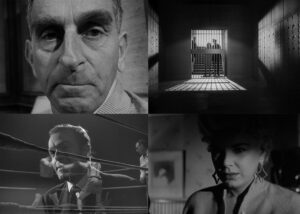
Jomes Wong Howe ASC’s seminal work
Bradford Young ASC became the first African-American cinematographer to be nominated, for his work on “Arrival” (2016). Young has been gracious enough to speak to Cooke previously about his work on the film.
At the 90th ceremony Rachel Morrison ASC made history by becoming the first woman nominee for her beautiful work on “Mudbound”. Ari Wegner ACS, ASC continued to break down barriers with her nomination for “The Power of the Dog” (2021) and Mandy Walker AM, ACS, ASC was nominated for her work on “Elvis” (2022).

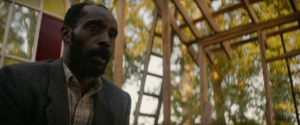
Beautiful work by contemporary trailblazers in widened representation and inclusion
Throughout his career, Surtees demonstrated exceptional adaptability, working effectively in black-and-white, colour, and various widescreen formats as they were introduced. His wins for “King Solomon’s Mines” (1950) and “Ben-Hur” (1959) in the colour category and “The Bad and the Beautiful” (1952) in black-and-white showcase his mastery across different
photographic processes and narrative styles. Though he won the Oscar® three times he never secured a win in the unified category despite multiple nominations.
In 1967 Surtees was nominated twice for “Doctor Dolittle” and “The Graduate,” which happened to be the first year the award was permanently unified. This dual nomination demonstrated his versatility, as these films presented vastly different visual challenges and aesthetic approaches and make up his total of fifteen nominations. In 1971 he competed against himself once more in the unified category but uniquely for a film that was in colour and another that was in black-and-white. “Summer of ‘42” and “The Last Picture Show” accordingly.
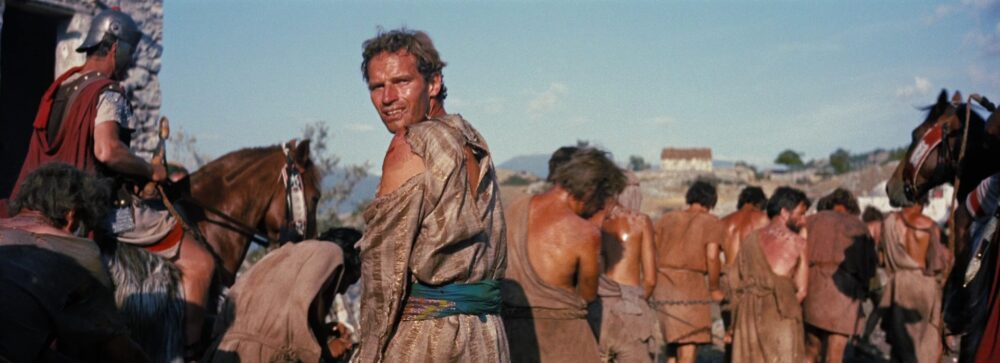
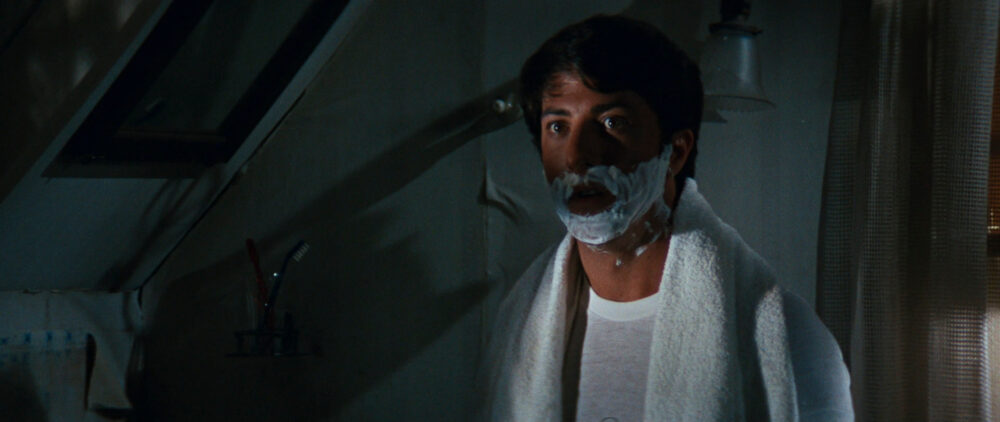
With 10 nominations resulting in 3 wins, ‘Connie’ Hall is often referred to as one of the most poetic cinematographers in film history. His approach to lighting and composition frequently emphasized mood and emotion over technical perfection, creating images that resonated deeply with audiences and filmmakers alike. His first of ten nominations came in 1965 in the black-white-category (just four years before the awards were unified) for “Morituri”.
Hall’s career took on a poignant note when he became the oldest winner in the category’s history at age 76 for “Road to Perdition” (2002). Tragically, he passed away two months before the ceremony, making this a posthumous recognition of his final work. Before this, he had already established himself as the oldest non-posthumous winner at age 73 for “American Beauty” (1999).
Hall’s visual style was characterized by his willingness to embrace imperfection and happy accidents. He famously allowed lens flares, unconventional lighting, and naturalistic approaches to enhance the emotional impact of scenes. His work on films like “Butch Cassidy and the Sundance Kid” (1969), for which he won his first Oscar®, helped establish a new visual language for American cinema in the late 1960s and beyond.
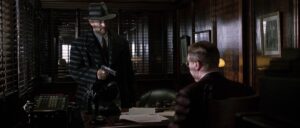
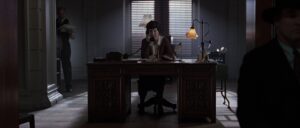
Conrad L. Hall ASC’s masterful work
In more recent times, Emmanuel “Chivo” Lubezki has established himself as one of cinematography’s most innovative practitioners. With eight nominations resulting in three wins, his work has consistently pushed the boundaries of what cinematography can accomplish.
First nominated in 1995 for “A Little Princess”, Lubezki went on to win three consecutive Oscars® for “Gravity” (2013), “Birdman” (2014), and “The Revenant” (2015). This unprecedented streak demonstrates not only his technical mastery but also his ability to adapt his visual approach to serve vastly different narratives and directorial visions. “Gravity” featured groundbreaking work in digitally created environments, “Birdman” employed the technical challenge of appearing to be captured in a single take, and “The Revenant” showcased naturalistic lighting in extreme environmental conditions.
Lubezki’s work is characterized by a preference for natural light, fluid camera movements, and extended takes that create an immersive viewing experience. His collaborations with directors like Alfonso Cuarón and Alejandro G. Iñárritu have resulted in some of the most visually distinctive films of the 21st century, helping to redefine modern cinematography. Alfonso Cuarón would go on to become the only recipient of the cinematography award that also served as the film’s director for “Roma” (2018). Lubezki was highly involved with the prep of this semi-biographical black-and-white epic.

From first nomination in 1995 to three consecutive wins, Chivo’s work continues to enthrall.
Perhaps no cinematographer’s relationship with the Academy Awards® has been as discussed as that of Roger Deakins. Despite universal recognition of his exceptional talent, Deakins endured a legendary wait for Oscar® recognition, going through 13 nominations before finally winning for “Blade Runner 2049” in 2018. This long drought became a topic of conversation within the industry, with many considering him the most overlooked artist in his field.
Deakins was first nominated in 1994 for “The Shawshank Redemption” and in 2000 would be nominated for “O Brother, Where Art Thou?” which was the first theatrically released feature film to employ the Digital Intermediate process. Shot on Cooke S4s the distinctive sepia-toned look of the film would have been extremely difficult, if not impossible, to achieve through traditional photochemical processes.
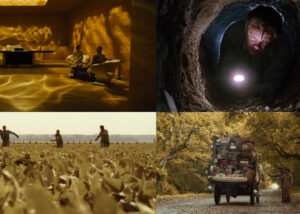
“Blade Runner 2049”, “The Shawshank Redemption” and “O Brother, Where Art Thou?”
In 2007, Deakins was nominated twice in the same year for “No Country for Old Men” and “The Assassination of Jesse James by the Coward Robert Ford” which both employed Cooke lenses as part of their camera package. “The Reader” (2008) marks Deakins’ only nomination that he shares with another cinematographer – Chris Menges ASC, BSC and the second most recent example of this happening. Actress availability meant that Deakins was unavailable for the latter part of production, so Menges stepped in and shares credit. Only one James Bond film has ever been nominated for a cinematographer Oscar®, and this was lensed by Deakins – “Skyfall” (2012).
Deakins’ second win came for “1917” (2019), which, like “Birdman”, employed the technique of appearing to be filmed in a single take, though with very different aesthetic goals and technical challenges. With a total of sixteen nominations, Deakins’ visual style is characterized by precision, restraint, and a masterful understanding of light. His images often appear simple and unadorned at first glance but reveal extraordinary technical skill and artistic sensitivity upon closer examination.
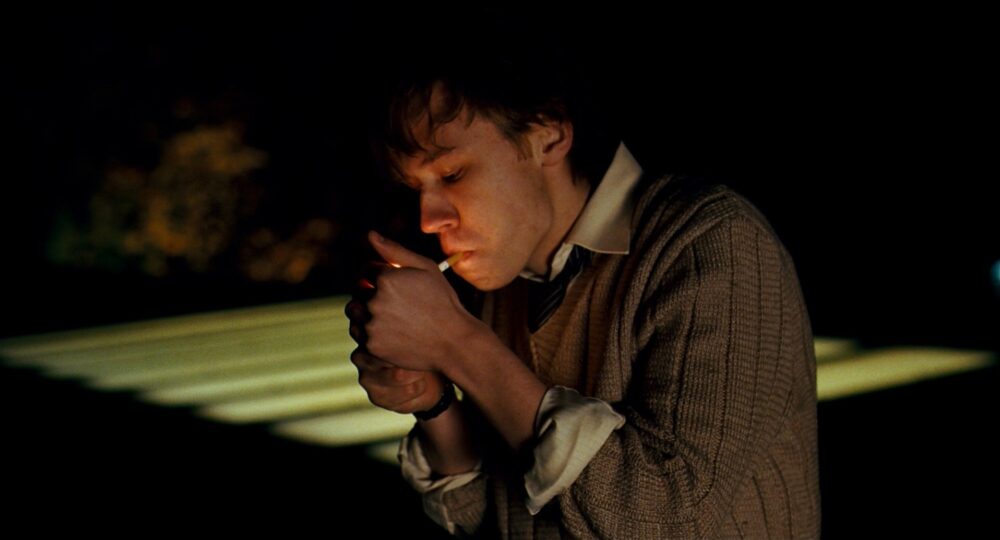
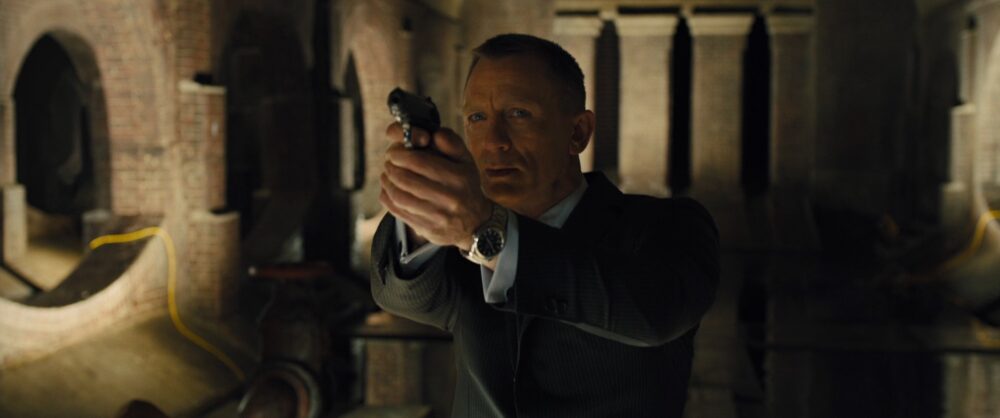
A total of sixteen nominations cements Deakins as one of the most esteemed cinematographers working today.
The advent of digital cinematography represents one of the most significant technological shifts in the history of filmmaking, comparable in impact to the transition from silent films to sound or from black-and-white to colour. This revolution is reflected in the history of the Best Cinematography Oscar®, with key milestones marking the gradual acceptance of digital capture.
At the 81st ceremony which took place in 2009, Anthony Dod Mantle DFF, BSC, ASC won for “Slumdog Millionaire” which was shot partially on digital video. Also nominated this year was “The Curious Case of Benjamin Button” shot partially on digital by Claudio Miranda ASC. This recognition indicated that digital capture had reached a level of quality and artistic potential that the industry’s most discerning professionals considered worthy of the highest honours. The following year Mauro Fiore ASC would take home the gold for “Avatar”, becoming the first entirely digitally shot film to win the award.
In the years following these milestones, digital cinematography has continued to evolve and mature. Cinematographers have learned to harness the unique characteristics of digital sensors, developing new techniques for capturing and manipulating light that wouldn’t have been possible with film.
Another significant technological development recognised by the Academy has been the artistic use of stereoscopic 3D cinematography. While 3D technology has existed in various forms since the early days of cinema, its implementation as a serious artistic tool rather than a novelty is arguably a relatively recent development.
Beyond “Avatar”, Robert Richardson ASC won for “Hugo” (2011), and Miranda would win for “Life of Pi” (2012) – both shot in 3D. This sequence of wins demonstrated the growing acceptance of 3D as a legitimate storytelling medium rather than merely a commercial gimmick. “Hugo,” directed by Martin Scorsese and shot on Cooke 5/i and S4/i lenses, represents a particularly significant milestone as it was Scorsese’s first film shot in 3D and employed 3D techniques not simply for spectacle but as an integral part of the narrative and thematic approach.

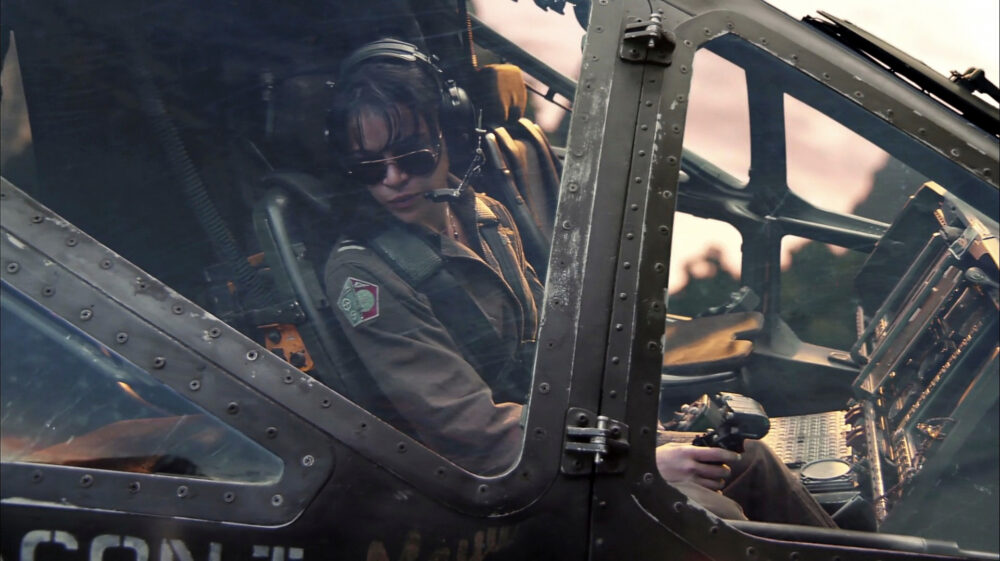
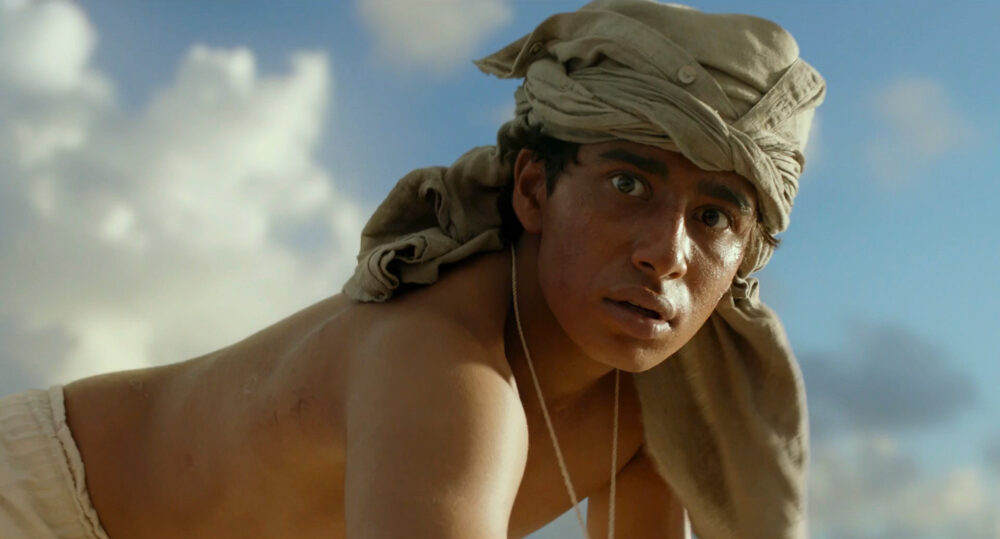
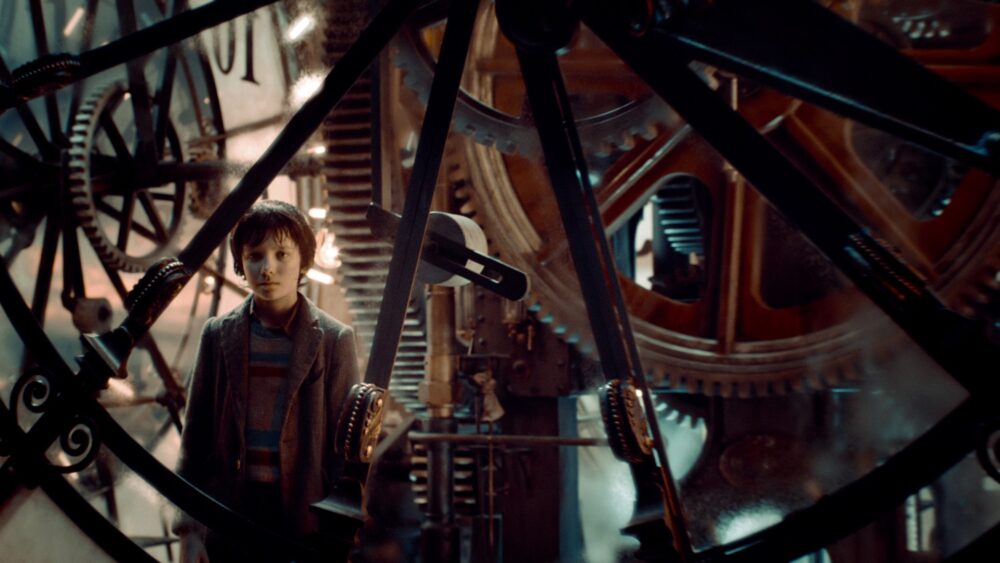
No sequel has ever won the Oscar®. “Godfather Part III” with cinematography by Gordon Willis ASC was nominated but no other parts were. “The Lord of the Rings: The Fellowship of the Ring” with cinematography by Andrew Lesnie ACS ASC won but no subsequent parts were nominated. Of the eight Harry Potter films only “Harry Potter and the Half-Blood Prince” shot by Bruno Delbonnel ASC, AFC on Cooke S4 lenses was nominated. Delbonnel was also nominated for his striking black-and-white photography on “The Tragedy of Macbeth” (2021) shot with Cooke S7/i FF lenses.
As film sagas go ‘Dune’ remains the only one to have multiple films nominated for Best Cinematography. Greig Fraser ASC, ACS won for “Dune” in 2021 and at the most recent ceremony “Dune: Part Two” was nominated.
When it comes to remakes the story is a little different. “A Star is Born” (1937) won for colour special achievement – cinematographer W. Howard Greene. The third remake released in 1976 with cinematography by Robert Surtees ASC was nominated as was the most recent 2018 version with cinematography by Matthew Libatique ASC on Cooke’s Anamorphic/i SF lenses. Arthur Edeson ASC shot the 1930 “All Quiet on the Western Front” and was nominated that year. James Friend ASC BSC shot the 2022 version and won.
The original “West Side Story” (1961) won the Oscar® for colour cinematography with Daniel L. Fapp ASC taking home the prize and Spielberg’s 2021 remake landed cinematographer Janusz Kamiński his sevent
“Cleopatra” and the 1963 “Cleopatra” both won the gold for Victor Milner ASC and Leon Shamroy ASC respectively.


Cooke lenses have played a role in countless Cinematography Oscar® nominated and winning films over the decades. Honourable mentions of films not previously mentioned must go to “Citizen Kane” (1941) nomination for Gregg Toland ASC, “The Sound of Music” (1965) colour nomination for Ted McCord ASC, “Cabaret” (1972) win for Geoffrey Unsworth OBE, BSC – shot on Cooke Speed Panchros. Maestro Vittorio Storaro ASC AIC took home the gold three times for “Apocalypse Now” (1979), “Reds” (1981) and “The Last Emperor” (1987) all utilising Technovision Cooke Anamorphic (TFL) lenses.
On February 9, 2013, Cooke was honoured at the 85th Academy of Motion Picture Arts and Sciences® Scientific & Technical Awards with an Academy Award of Merit (Oscar® Statuette) “For their continuing innovation in the design, development and manufacture of advanced camera lenses that have helped define the look of motion pictures over the last century.”
Les Zellan, then Chairman and Owner of the company accepted the Oscar® statuette at the ceremony which took place at the Beverly Hills Hotel, LA. “I’m humbled to accept the award on behalf of all the talented people currently working at Cooke as well as the thousands that have gone before,” he said. “Cooke has been an innovative force in this industry from the birth of motion pictures to the digital film revolution.”